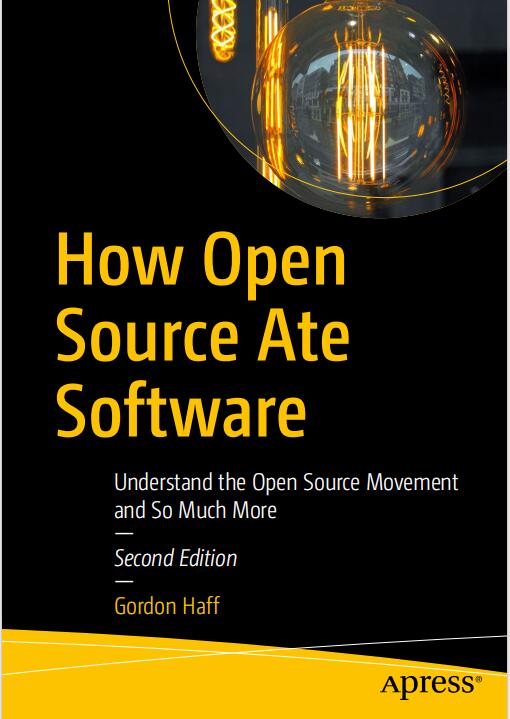
资料内容:
Which Mass-Market Operating System Would Prevail?
With the increasing dominance of x86 established, there was now just a need to
determine which operating system would similarly dominate this horizontal stack.
There was also the question of who would dominate important aspects of the horizontal
platform more broadly such as the runtimes for applications, databases, and areas that
were just starting to become important like web servers. But those were less immediately
pressing concerns.
The answer wasn’t immediately obvious. Microsoft’s popular MS-DOS and initial
versions of Windows were designed for single-user PCs. They couldn’t support multiple
users like Unix could and therefore weren’t suitable for business users who needed
systems that would let them easily share data and other resources. Novell NetWare was
one multiuser alternative that was very good at what it did—sharing files and printers—
but it wasn’t a general-purpose operating system. (Novell’s various attempts to expand
NetWare’s capabilities mostly fizzled.) And, while there were Unix options for small
systems, they weren’t really mass market and suffered from the Unix fragmentation
described earlier.
Microsoft Swings for the Fences
Microsoft decided to build on its desktop PC domination to similarly dominate servers.
Microsoft’s initial foray into a next-generation operating system ended poorly. IBM
and Microsoft signed a “Joint Development Agreement” in August 1985 to develop what
would later become OS/2. However, especially after Windows 3.0 became a success on
desktop PCs in 1990, the two companies increasingly couldn’t square their technical
and cultural differences. For example, IBM was primarily focused on selling OS/2 to run
on its own systems—naming its high-profile PC lineup PS/2 may have been a clue—
whereas Microsoft wanted OS/2 to run on a wide range of hardware from many vendors

